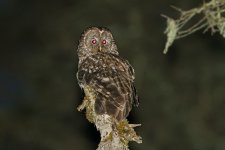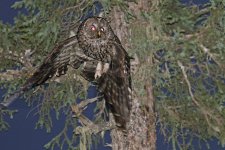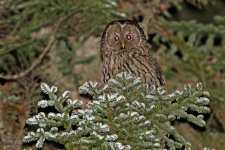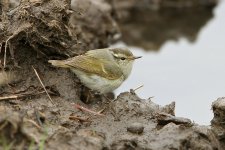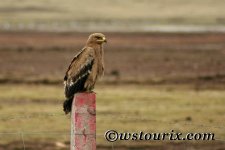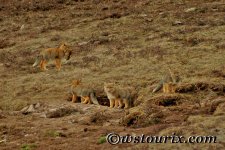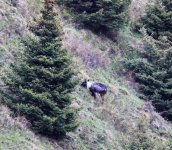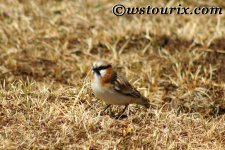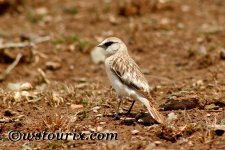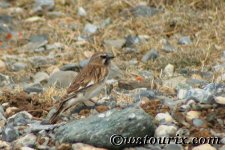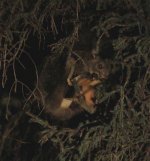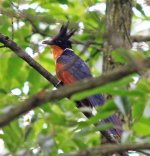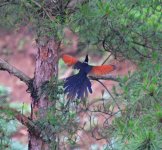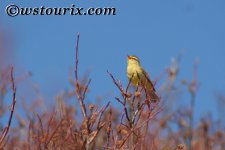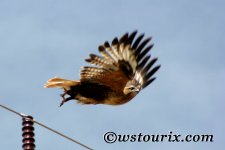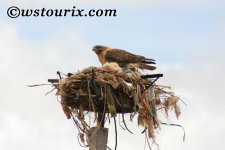Hi Trogon - your query although seemingly straight forward needs to be a little more specified to get a detailed answer - since there are many ways of taking a birding tour of Sichuan.
Most importantly anybody planning a trip needs to tell about how many days they're giving to birding Sichuan. Most birders,who are concentrating on getting large Sichuan bird lists, are spending between 2 and 4 weeks in the province. While other bird interested visitors come into the area as part of normal China tourist visits - and maybe are only able to give 2 or 3 days to birding.
If you're planning spending weeks rather than days here - then there are many options - just google the words Sichuan birding holiday - and you'll get both local and international firms that will offer trips - both in respect to joining group tours and tailor made private trips. If you find offers that interest, it can be an idea to get contact with past participants - just to give a little insurance that you'll be taking the kind of trip that suites your preferences and needs.
If you're making a short trip of days - then you'll have to focus on local guides and agencies to help. In such circumstances getting driver and transport - where driver is informed over locations of birding sites and will help booking hotels and ordering food - is not so difficult. But it's best to make sure that the driver knows they're driving for birdwatchers, which obviously may entail sudden stops for roadside birds and very early starts and late evenings. However getting a good and knowledgeable guide could be difficult - and here first-hand references from past clients with regard to guides are very useful. No point paying extra for a guide when they don't know their birds.
And of course any serious advice also depends on your budget - if it's huge then you'll obviously have far more options - but a tight budget, especially in a peak season like June, may restrict you to driver/transport only. And on the tightest end of the budget scale, some birders do Sichuan DIY - by public transport.
The other thing I'd like to pick up on your post is the reference to Wolong panda Reserve. Wolong is situated within a massive nature reserve - because Panda habitat and Pandas are found in the area. However for many reasons - the nature of the terrain, the scarcity of Pandas, the altitude, the viability of access - then finding a wild Giant Panda is extremely unlikely at Wolong - while birding in the same area can be extremely rewarding. However pre-2008 earthquake there was an open to the public Giant Panda Breeding center, where you could view captive Pandas in pens - which was a big tourist venue for Panda fans. In some tourist literature this place has been marketed as a Panda Reserve - but in truth, even though pens were open and Pandas could roam a little in enclosed semi-natural habitat - it was more Panda zoo. The earthquake closed this site - and even though animals have again been brought back, for a release into wild project, it was still very much closed the last time we drove past in May. If you were hoping to combine birding with a visit to a panda breeding center - then, unless Wolong suddenly opens again next year, you have to think in terms of a visit to either Bifengxia and Chengdu breeding centers




